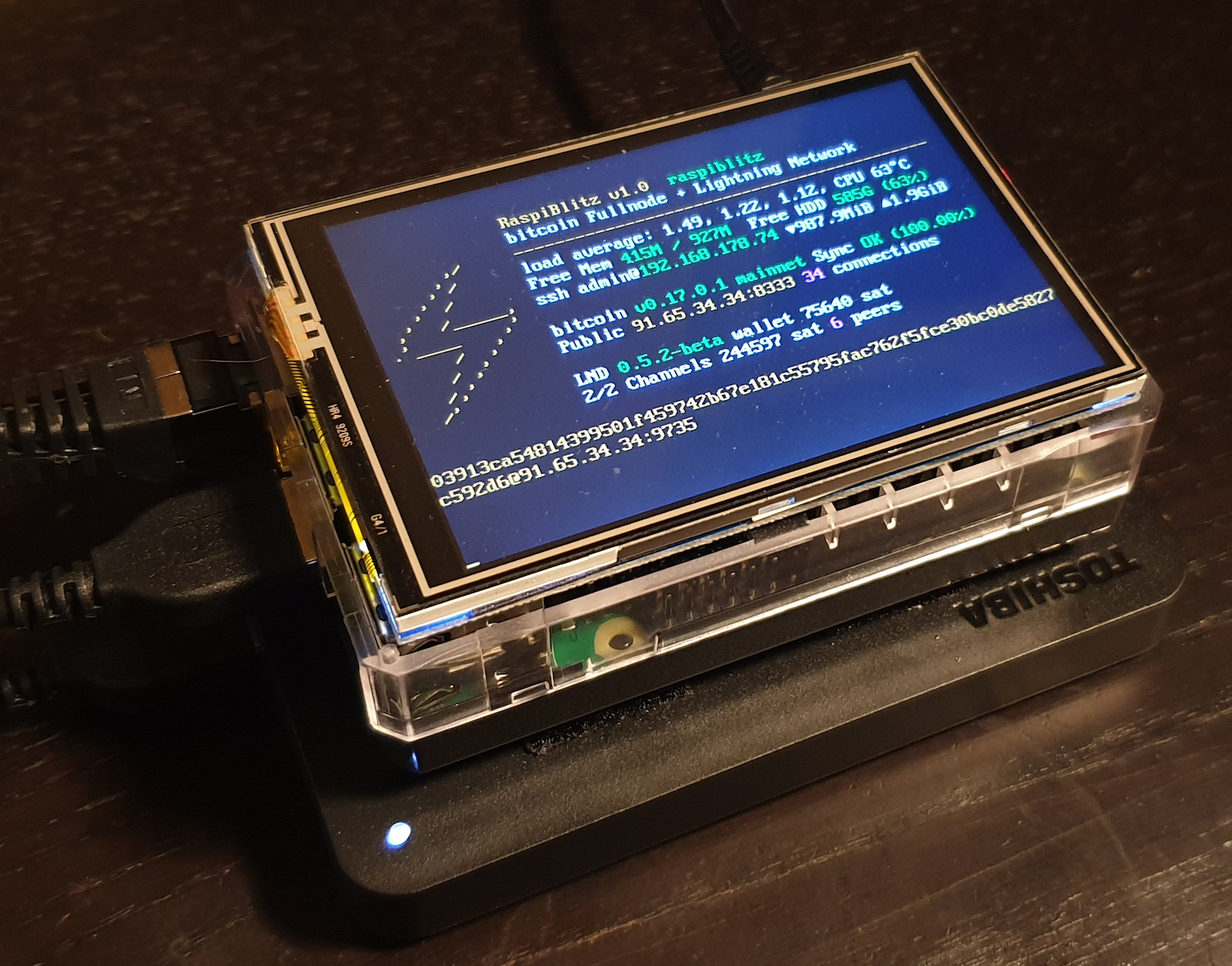DePIN Can Rebuild the Grid From the Bottom Up
From Thomas Edison’s invention of the lightbulb to Thomas Savery’s invention of the steam engine, innovation in energy has been a core contributor to American success. But, while energy innovation is alive and well, preservation has fallen by the wayside.
The U.S. grid is as old as it’s ever been, with 70% of power lines now over the age of 25 years. Today the United States has more outages than any other country in the world, resulting in billions of dollars in losses. The 2021 power surges in Texas alone cost between $80bn and $130bn.
Still, reinvestment in electrical hardware hasn’t been one of the government’s priorities, as the U.S. instead spends trillions insourcing chip production in the face of a rising China.
With the government prioritizing spending on computational rather than electrical infrastructure, organizations have emerged that optimize existing energy capacity through demand-response programs and issuance of behavior-linked credits (like carbon credits). Demand responses programs are immediately deployed whenever the grid is under too much stress. They incentivize customers to shift electricity usage to times when electricity demand is lower and more plentiful. Typically, demand-response has been a manual process, coordinated through mailers and automated phone calls driving people to act.
However, while demand-response programs have strong potential, their implementation to date has been insignificant. According to the U.S. EIA, demand-response programs save ~29 GwH a year, equivalent to ~$150mm in energy costs, or <1/1,000,000 of total US energy consumption. The U.S. government has previously subsidized solutions to this problem of poor demand-response.
Opower, with the government as its only client, sold to Oracle for ~$600m in 2016 after using mail slips to drive home-owners to use less energy and saved >$3bn in energy costs. Opower was a manual solution, teaching people about their usage habits and encouraging changes, but it didn’t solve the underlying issues with the grid that made demand-response a nightmare to organize. The difficulty comes down to two factors: lack of data availability, and lack of control to remotely modify energy usage.
Demand-response is constrained by available data and by the rate at which people respond to physical incentives. Energy data exists in silos maintained by the 3000+ energy utilities in the U.S. As these companies generally operate on Excel spreadsheets, it is extremely difficult to establish metrics around real-time energy consumption, and therefore challenging to respond quickly. In addition, a response would require active engagement on the part of the household to respond to the call and optimize their energy use. If nobody is home, no action is taken.
To the problem of data availability, blockchains present a perfect solution. Distributed ledgers can unify energy data across utilities to create a baseline health map for the U.S. energy grid. This would allow utilities to securely store their own data, but also share that data with other utilities and the government without revealing private information. However, it’s unlikely these sleepy monoliths will drive this improvement themselves: utilities earn an annual fixed 10% return on equity from the government annually and aren’t well incentivized to innovate.
Thankfully, a large-scale transformation is afoot on the hardware side: rapid growth of Distributed Energy Resources (DERs) like solar panels and charging stations has created the opportunity to rebuild the U.S. energy grid and incorporate powerful new technology. Alongside DERs, new interconnected networks of energy resources are emerging using blockchain and crypto to increase data availability and coordination. Examples include networks like Srcful, Daylight, and dClimate, and Glow: they use sensors to directly integrate with solar panels/batteries and create a real-time data layer mapping usage of energy nationwide. For some like Glow, they can use that data layer to let people create their own carbon credits: for others like dClimate, that data layer powers powerful prediction models enabling extremely accurate forecasts.
Others like Srcful and Daylight use the data layer to introduce programmability – in addition to sensors reporting on energy usage, they can also regulate it. Smart home applications today let users control energy usage remotely, allowing them to control their home lights from the office as an example. This new infrastructure will facilitate multiple new products that create unique economic value. With a real-time data layer and virtual control of appliances in place, companies like Srcful can build automated demand-response functions that activate instantaneously, rewarding users in stablecoins or cryptocurrency for their delegating control. Because the data layer verifies energy saving/optimization in real time, it is monetizable through municipal governments: Srcful as an example is the first in this category to receive a grant from the Swedish Energy Authority.
With smart home applications proliferating alongside a blockchain-managed data layer, all the pieces are in place to create large-scale demand-response programs. These decentralized generative energy networks (DeGEN) create a programmable, mappable grid that benefits from broad data availability and automated response. It surfaces grid issues in real time and solves them instantaneously through delegated software, which will dramatically reduce the incidence of outages in the U.S., and optimize regional energy pricing.
Utilities and energy have historically been over-regulated because the financial costs of the power grid are socialized, but the profits generally accrue to a small number of companies and traders. Without data availability to understand and solve issues that consistently arise, arbitrage opportunities in energy markets persist driving energy costs higher and profits into the hands of the motivated few.
DeGENs, in contrast, collaboratively create economic value, and return that value to participants have the potential to usher in an era of collaborative capitalism where inclusion, rather than the exploitation of suppliers drives big profits.
Note: The views expressed in this column are those of the author and do not necessarily reflect those of CoinDesk, Inc. or its owners and affiliates.
Edited by Benjamin Schiller.








